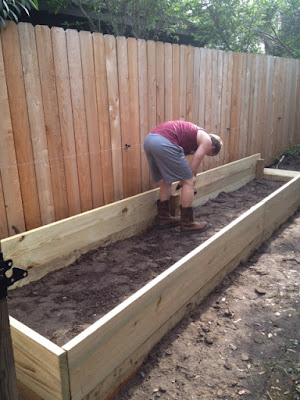On the motorcycle I decided to put a larger than stock rear tire. As a result, the chain and sprockets had to be moved over as well. Here's how I made the offset sprocket to accomplish this.
After figuring out the amount of offset needed (0.30") I took to SolidWorks to model up a design. I planned on machining the splines out of a new sprocket and machining the teeth off the existing sprocket (see below).
 |
| New sprocket with splines machined out. |
 |
| Existing sprocket with teeth machined off. |
Seemed fairly simple with only a few challenges: how to hold the sprockets in lathe, how to machine through the hardened sprockets, and how to retain the material properties of the hardened sprockets through the welding process.
To hold the spockets I planned on machining a concentric fixture that I could weld the sprocket to. Here's the piece of steel I started with, boring it out to accept the sprocket.
Here is the sprocket resting in the fixture. Later I would face the fixture and weld the sprocket to it.
To avoid machining through hardned splines or teeth, I planned on plunging into the face of the sprocket with a face grooving tool. So I grabbed a piece of tool steel and got to grinding. Here's the finished tool.
This is where my plans began to change. I attempted to plunge into the face of the sprocket and had no success. It turns out the entire sprocket was hardened...not just the splines and teeth like I had thought. I attempted a few other methods, but even my carbide inserts were no match for the hardened steel. I took it to a friend and he had to EDM the parts for me.
At this point I also changed the design a bit. The sprockets had 2 threaded holes for a cover (that I was getting rid off). I decided to use the bolt holes for clamping during welding, and the bolts would also add strength to the finished sprocket.
I got the pieces back and they were perfect. Out of curiosity, I had to hardness test the parts to see what I was trying to machine. The sprockets were case hardened to 57 Rockwell C! I don't use carbide for anything much over 50 Rc. And for comparison 4140 steel may get around mid 30s. It's no wonder I wasn't able to cut through this stuff...hard stuff! Lesson learned: know exactly what kind of material you're machining!
With something that hard, welding could cause some issues; the heating and cooling could crack the brittle case of the sprockets. To solve this, I planned to preheat the 2 pieces (hot enough to reduce thermal shock, but low enough to avoid degrading the case hardening), weld in short bursts, and slow cool the part. Here are the 2 pieces getting preheated to 400 degF.
About an hour later, and after verifying the temperature with a temperature pen, it was time to weld. It had been about 3 years since I touched a TIG, but my buddy refreshed my memory and gave me some scrap pieces to practice on. Here are some action shots.
I stitch welded 4 beads around the sprocket in a crossing pattern (similar to tightening the bolts on a wheel). The stitch welding reduced the heat being added to the sprockets, but still added strength to the joint. In fact, I ran the calculations and technically the weld wasn't needed ...the bolts would have held just fine. However, to be on the safe side, I opted to add the welds given the critical nature of the part. Here's one of the welds.
Very happy with the end result. A precision part that I'm very comfortable putting on the bobber. Still need to grind down the bolts and loctite them, but you get the idea.
























